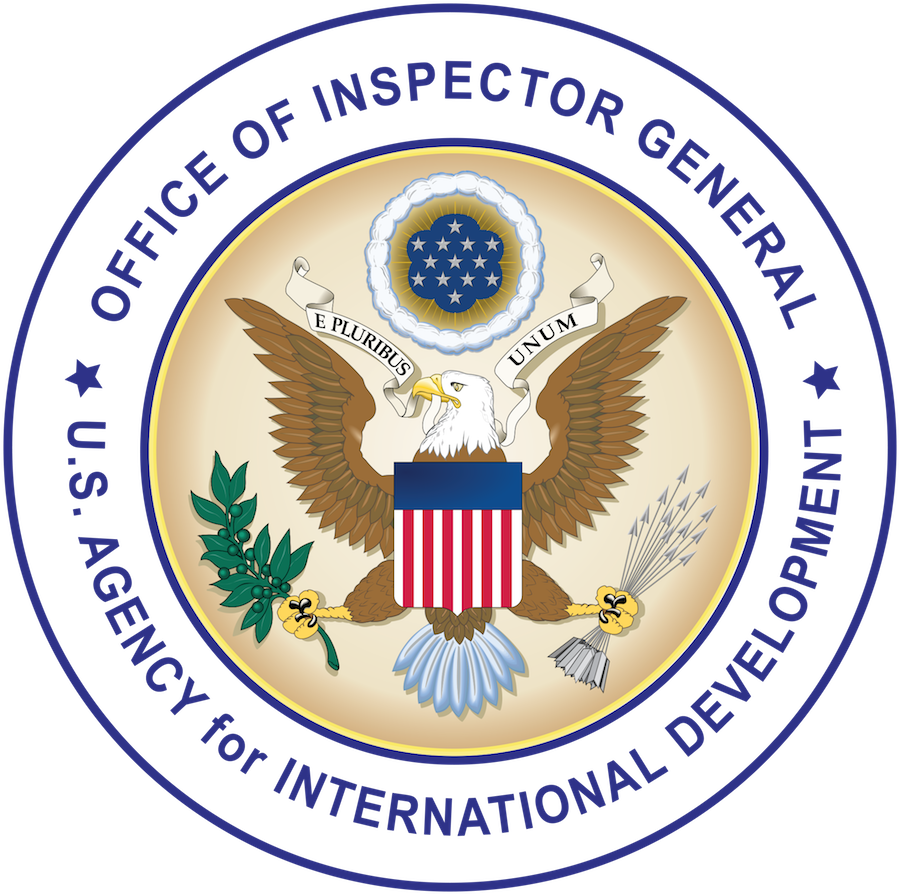The Inspectors General for the Department of Defense, Department of State, and the U.S. Agency for International Development conduct oversight of and report on the overseas contingency operation "Operation Atlantic Resolve (OAR)," including U.S. Government activities related to Ukraine, pursuant to Section 1250B of the National Defense Authorization Act for Fiscal Year 2024 and Lead IG reporting responsibilities under 5 U.S.C. 419. This report also discusses the planned, ongoing, and completed oversight work conducted by the Lead IG agencies and our partner oversight agencies during the quarter that coordinate their activities through the Ukraine Oversight Interagency Working Group. OAR is the U.S. contingency operation to deter Russian aggression against NATO and to reassure and bolster the alliance in the wake of Russia’s 2022 full-scale invasion of Ukraine. OAR also includes security assistance activities in support of Ukraine.
Ongoing wartime conditions continued to present serious challenges to humanitarian assistance providers. USAID released new guidance for non-governmental organization (NGO) partners, with recommended precautions for operating in Ukraine. Since February 2022, USAID has provided more than $2 billion in humanitarian funding, including $60 million thorough sub awards for Ukrainian NGOs working to provide food, healthcare, and other commodities across Ukraine, including in hazardous areas near the front lines.
As of the end of this quarter, the U.S. Congress had appropriated approximately $113.4 billion in supplemental funding for the U.S. response to Russia’s unprovoked, full-scale invasion of Ukraine since February 2022. This includes security, direct budget, development, and humanitarian assistance to Ukraine; security assistance for NATO allies and other partner nations; funding to support enhanced U.S. military presence and activity in Europe; and replenishment of U.S. military stocks transferred to the UAF. Enacted as part of a larger national security funding bill, the new law provides nearly $61 billion for the U.S. Government’s Ukraine response, of which approximately $48.4 billion will be administered by the DoD and $11.6 billion by State and USAID. Since February 2022, USAID has provided $22.9 billion in direct budget support to the Ukrainian government, nearly $2.3 billion in development assistance, and more than $2 billion in humanitarian assistance.
The United States was by far the largest donor to the PEACE fund, with USAID providing $20.3 billion out of $25.5 billion total. USAID made its most recent obligation to the PEACE fund in September 2023, and these funds were subsequently disbursed to the Ukrainian government and expended, according to USAID. USAID said that it measures the impact of direct budget support by the Ukrainian government’s ability to continue providing emergency services and social assistance to its citizens while also paying government salaries that keep schools, hospitals, and civil institutions operational.
The prolonged stalemate along the front line began to favor the Russian forces, who benefit from advantages in both manpower and munitions. Russian forces continued to target energy infrastructure. Multiple factors undermined UAF capability during the quarter. Uncertain funding created challenges for both the U.S. military and Ukraine. The United States and 18 partner nations continued to train Ukrainian forces. The Ukrainian government has undertaken efforts to counter public corruption, but it continues to confront obstacles to transparency. State, Treasury, and other agencies supported enhanced sanctions on individuals and entities for their support to Russia. The United Nations estimated that 14.6 million Ukrainians—nearly half the country’s population—will need humanitarian assistance in 2024.
Read the Report in Brief and the Full Report.
